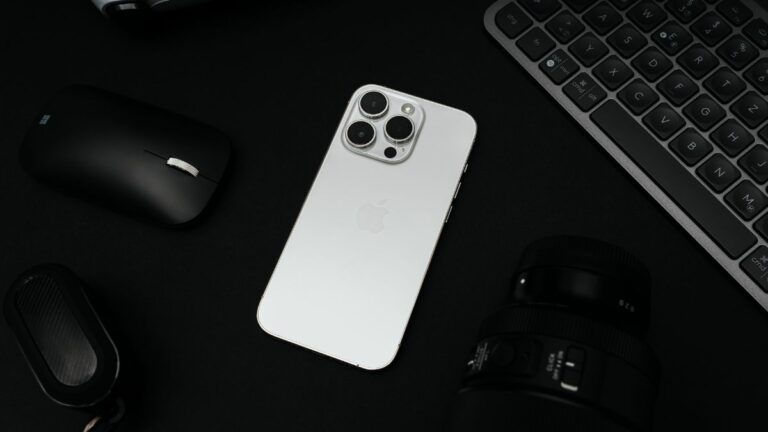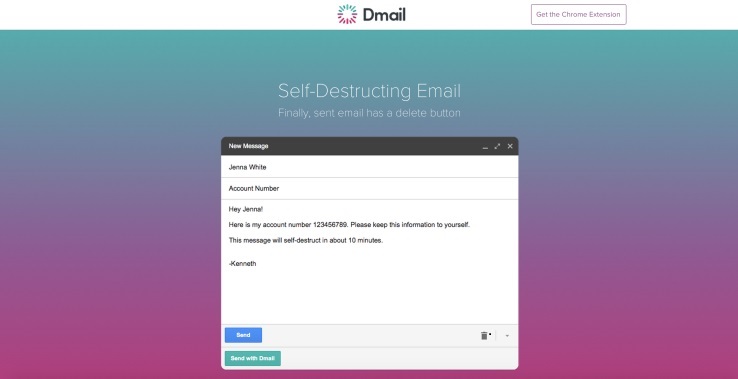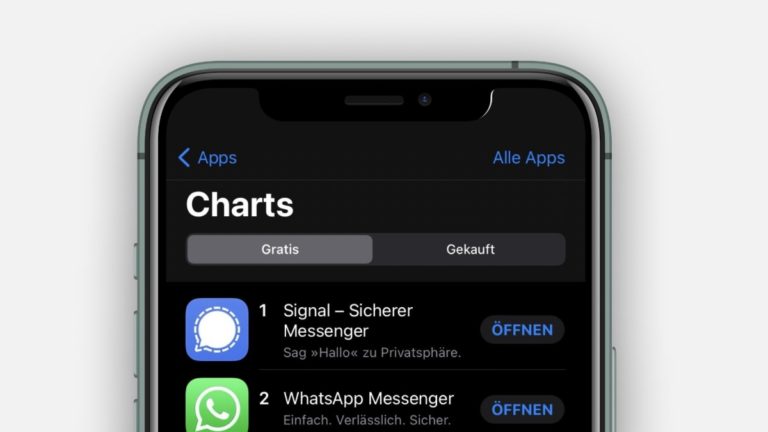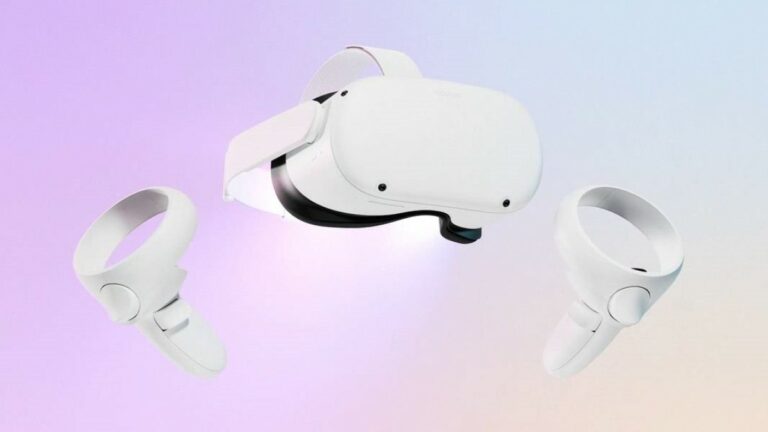How To Prevent Hearing Damage Caused By Earphones?
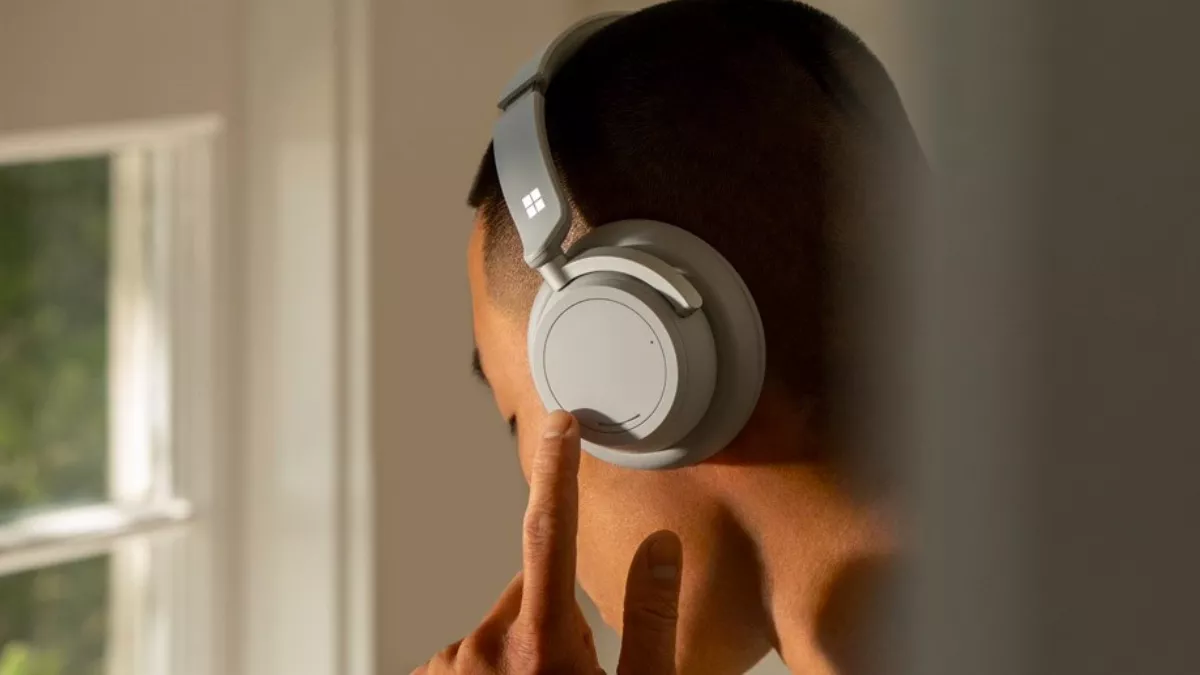
Earphones and headphones are perhaps the most popular way most of us listen to music. However, many forget that the very sounds they enjoy through these devices might pose a risk to our future ability to hear. This is because noise-induced hearing damage, commonly associated with professions exposed to high decibel levels, such as construction work, is slowly creeping upon individuals who listen to music at dangerously high volumes.
How do earphones cause hearing damage?
Before delving into the specifics, it is important to understand how hearing and sound works. Sound waves travel the ear canal to reach the eardrum and hearing bones before reaching the inner ear, specifically the cochlea—a delicate structure filled with fluid and lined with tiny hair cells.
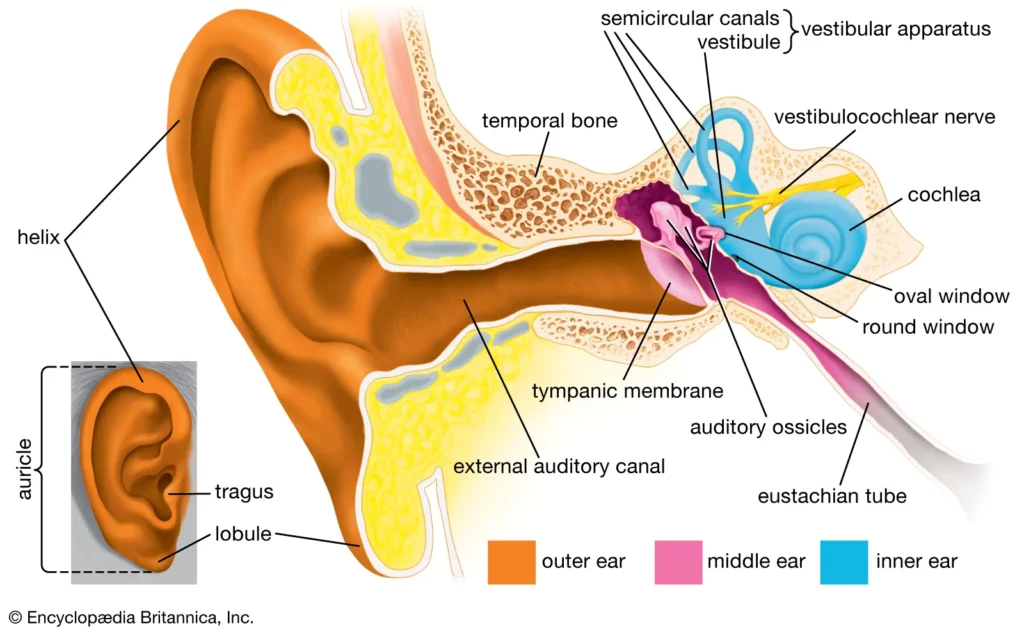
Once reached, the fluid within vibrates, prompting the hair cells to move. The intensity of these movements directly corresponds to the volume of the noise.
However, prolonged exposure to loud music can harm this sensitivity, causing these delicate hairs to bend or fold permanently, ultimately leading to hearing loss. Additionally, the fact that the auditory cells cannot regenerate makes this damage irreversible, making users dependent on hearing aids.
Furthermore, this issue is also heightened by the incorrect use of earphones, which many users shove inside their ears, causing infections.
How to check if you have hearing damage?
Although there can be many ways of knowing if you have hearing damage or not, the most common indicators are difficulties in understanding people’s voices or consistently listening at over 80% of the volume capacity on your current earphones. Additionally, experiencing a whistling sound in your ear following a prolonged music session could serve as an alarming indicator of hearing damage.
What measures can you take?
If you haven’t noticed any signs of hearing damage, congratulations! You’ve managed to keep your ears intact. But if you suspect you might have some hearing impairment, take the following precautions to save your ears.
1. Check the volume
Lowering the volume on your earphones is perhaps the easiest way to prevent this hearing damage. However, determining a safe volume level can vary depending on your earphones. As a result, aim to keep the volume between 50%-70%, which ensures you enjoy your music fully while safeguarding your hearing.
Furthermore, if you feel like you regularly find yourself going above the 70% threshold, consider setting a custom volume limit on your phone to cap the maximum volume.
2. Use Active Noice Cancellation
If you have a pair of earphones/headphones that support ANC, then consider using it since it essentially blocks out the ambient noise, thus making the normal listening volumes sound more full and richer. And although one can also say the same thing about passive noise cancellation, the fact that it only works when a user has placed the earphones inside their ear canals can, in turn, cause infections.
3. Use headphones
Earphones, as the name suggests, sit inside the ear canal to send sound waves. However, this proximity to the auditory cells can cause damage. As a result, it is advisable to use actual on-ear headphones, which sit outside the ears, when listening for longer sessions.
4. Take breaks between sessions
If you feel like lowering the volume isn’t for you, then another simple solution to prevent hearing damage is taking breaks since it will allow your auditory cells to relax. Therefore, consider taking a 5-minute break after every 30 minutes of listening, and adhere to the 60-60 rule: limit listening to 60% of the volume for a maximum of 60 minutes per day.

